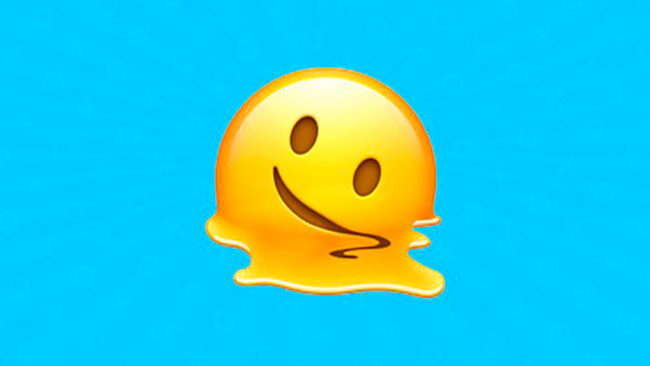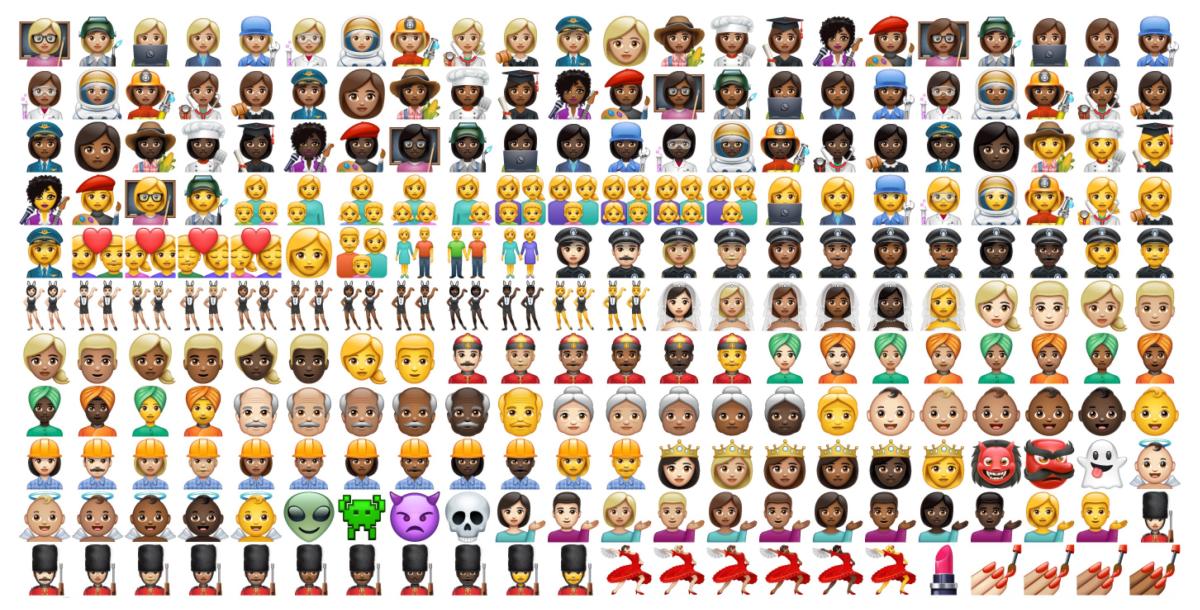In the digital era, communication is no longer limited to just words. Emojis — those small, colorful icons — have become essential tools to express e
In the digital era, communication is no longer limited to just words. Emojis — those small, colorful icons — have become essential tools to express emotions, ideas, and reactions instantly. As emoji use has skyrocketed, so has the need to understand them clearly. Enter Emojipedia, the comprehensive online encyclopedia dedicated to everything emoji-related.
This article dives into what Emojipedia is, how it shapes emoji culture, and why it’s become an indispensable resource for billions of digital communicators worldwide.
Must visit: primedomainhub

Understanding Emojis and Their Global Impact
Before exploring Emojipedia itself, it’s important to understand why emojis matter. Emojis function as a universal language in digital conversations. They convey tone and emotion that plain text often lacks, helping reduce misunderstandings. A smiley face can soften a message, while a thumbs-up emoji can quickly approve a proposal without needing a lengthy reply.
Emojis cross language barriers, making them especially powerful in today’s globalized world. From texting on smartphones to social media posts and emails, emojis help add personality and clarity.
However, with thousands of emojis available, their meanings can be ambiguous or change depending on context. Different cultures may interpret the same emoji differently, and each device may display emojis uniquely. This complexity created a need for a reliable, easy-to-access source that explains these symbols in detail — and that’s exactly what Emojipedia offers.
What is Emojipedia?
Emojipedia is an online emoji dictionary and encyclopedia launched in 2013 by Jeremy Burge. It catalogs every emoji approved by the Unicode Consortium, the organization responsible for emoji standardization.
The website functions as a comprehensive database where users can look up any emoji to discover its official meaning, history, appearance on different platforms, and common usage trends.
Emojipedia’s mission is to make emojis easier to understand and use, fostering better communication through digital symbols.
The Role of Unicode in Emojis
Unicode is a global standard that assigns unique codes to every character used in computing — including emojis. This standardization ensures emojis are consistent across devices, platforms, and operating systems.
Unicode decides which new emojis get added each year based on proposals from the public and companies. Emojipedia closely follows Unicode’s updates, documenting each new emoji as it is officially approved.
Without Unicode, emojis would be fragmented and incompatible, meaning a smiley face sent from one phone might appear as a random symbol on another. Emojipedia helps users navigate the world of Unicode-approved emojis with ease.
Key Features of Emojipedia
1. Emoji Lookup and Search
Users can search for emojis by name, keyword, or category. Whether you want the emoji for “dog,” “party,” or “food,” Emojipedia’s extensive database makes it easy to find.
2. Platform Comparisons
Emojis can look quite different depending on whether you’re using Apple iOS, Google Android, Microsoft Windows, Twitter, or Facebook. Emojipedia shows these variations side-by-side so users can see exactly how their emojis will appear to others.
3. Emoji News and Trends
Emojipedia publishes articles on emoji news, including upcoming releases, changes in emoji standards, and cultural discussions around emoji use. It keeps users up-to-date with the evolving emoji landscape.
4. Emoji History and Meaning
Each emoji’s page includes a detailed explanation of its origins, how it’s typically used, and any notable changes in meaning or design over time.
5. Unicode Updates
Emojipedia tracks the Unicode Consortium’s announcements, helping users understand the technical and procedural aspects behind emoji updates.
How Emojipedia Influences Communication
By providing clarity and context, Emojipedia reduces confusion and helps users communicate more effectively. For example, some emojis have very similar appearances but different meanings, like the “folded hands” emoji sometimes interpreted as prayer or as a “thank you” gesture.
Emojipedia educates users on these nuances, encouraging thoughtful emoji use. It also sheds light on cultural differences, such as how certain emojis may be offensive or have alternate meanings in different regions.
Furthermore, Emojipedia is often cited in discussions about digital etiquette and accessibility, making sure emojis serve as inclusive communication tools rather than sources of misunderstanding.
The Evolution of Emojis Documented by Emojipedia
Emojis began as simple pixelated icons in Japan in 1999, designed by Shigetaka Kurita for a mobile internet platform. They initially included basic symbols representing weather, emotions, and activities.
Over the years, emoji sets expanded dramatically. When Unicode started standardizing emojis in 2010, it paved the way for global adoption. Emojipedia chronicles this history, highlighting important milestones such as:
- The first set of emojis included in Unicode in 2010.
- The introduction of diverse skin tone options in 2015.
- The addition of gender-inclusive emojis.
- The growing representation of different cultures, professions, and identities.
This historical record helps users appreciate emojis beyond their fun surface.
How to Use Emojipedia Effectively
For Everyday Users
If you see an emoji you don’t recognize or want to understand the difference between two similar emojis, simply type its name or copy-paste the emoji into Emojipedia’s search bar. You’ll find clear definitions, example sentences, and platform comparisons.
For Creators and Marketers
Emoji usage can impact branding and audience engagement. Emojipedia provides insights into trending emojis and cultural sensitivities, helping creators use emojis appropriately in campaigns and content.
For Developers and Designers
Those building apps or websites can use Emojipedia as a technical reference to understand Unicode standards and emoji implementations across platforms.
Emojipedia’s Role in Emoji Accessibility
Emojis are visual by nature, but Emojipedia helps make them accessible to everyone, including people with disabilities. It provides official descriptions and alternative text for emojis, aiding screen readers and assistive technologies.
This inclusion is crucial for making digital communication more equitable and accessible worldwide.
Frequently Asked Questions (FAQs)
1. Who owns Emojipedia?
Emojipedia was founded and is maintained by Jeremy Burge, an emoji enthusiast and expert. It operates independently as a trusted source of emoji information.
2. How can I tell if an emoji is new?
Emojipedia’s homepage and blog feature announcements about new emoji releases and Unicode updates, making it easy to spot the latest additions.
3. Can I use Emojipedia on my mobile device?
Yes! Emojipedia is mobile-friendly and can be accessed from any smartphone or tablet’s browser.
4. What if an emoji looks different on my phone than on a friend’s?
Different platforms create their own emoji designs, leading to variations. Emojipedia shows these differences so you can understand how your message will appear to others.
5. How are emojis selected for Unicode approval?
Anyone can submit a detailed proposal to Unicode explaining why a new emoji is needed. Unicode reviews proposals based on criteria like demand, distinctiveness, and usage frequency.
6. Does Emojipedia have emojis for every country?
Emojipedia includes flags for recognized countries and regions. It also tracks new flag emojis proposed by Unicode.
7. Are all emojis universally understood?
While emojis are standardized, their meaning can differ by culture and context. Emojipedia helps clarify these differences but cultural interpretation varies.
Future of Emojis and Emojipedia
The emoji universe continues to expand. New emojis promote diversity and inclusion, representing different ethnicities, abilities, gender identities, and professions. Emojipedia will remain crucial in documenting these changes and educating users.
As communication technologies evolve, Emojipedia’s role may grow to include animated emojis, augmented reality emoji experiences, or integration with emerging digital communication platforms.
Conclusion
Emojipedia is more than just a website; it’s the definitive emoji encyclopedia that empowers users to communicate more clearly and creatively. By cataloging every emoji’s meaning, history, and platform differences, Emojipedia enriches our digital conversations and ensures that emojis remain a vibrant, inclusive form of expression.
Whether you’re an everyday texter, a marketer, a developer, or just emoji-curious, Emojipedia is your go-to guide in the colorful, ever-evolving world of emojis.

COMMENTS